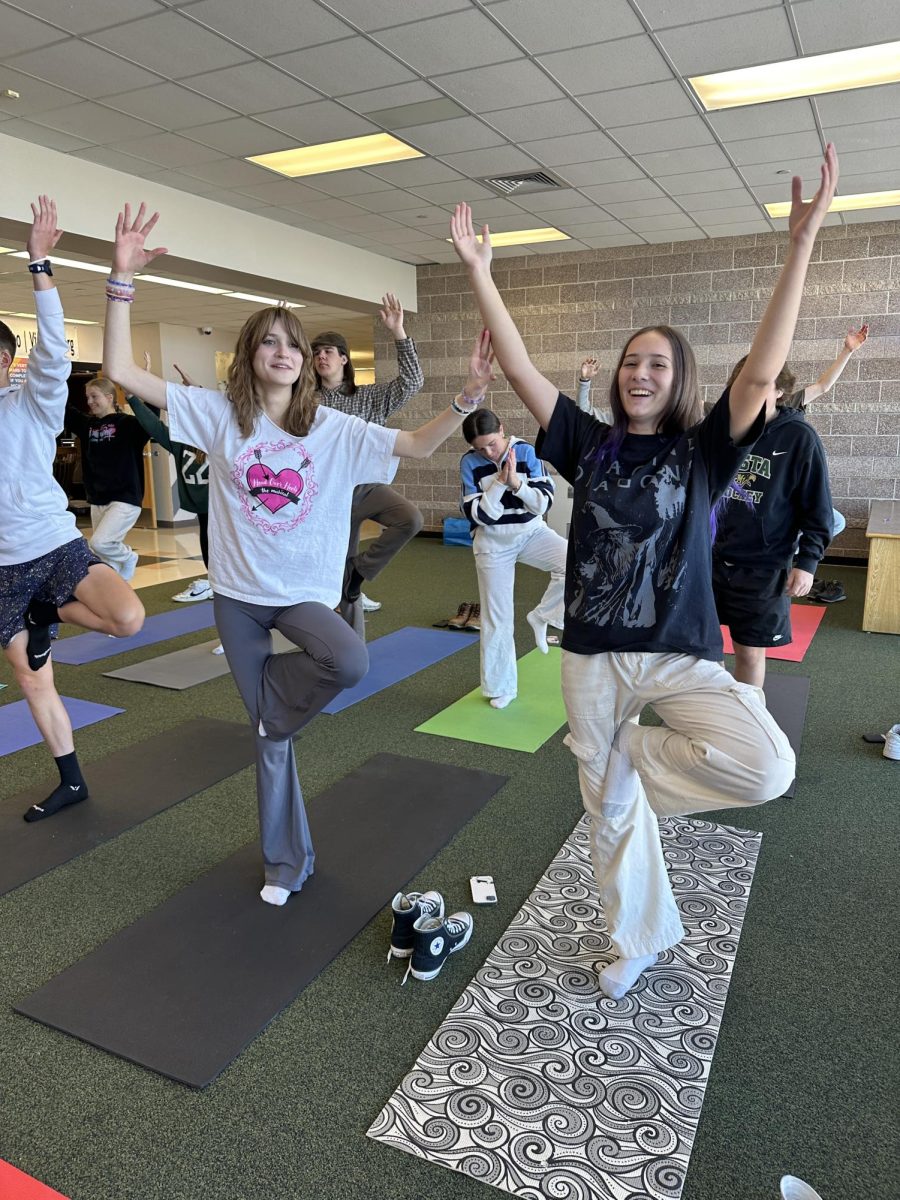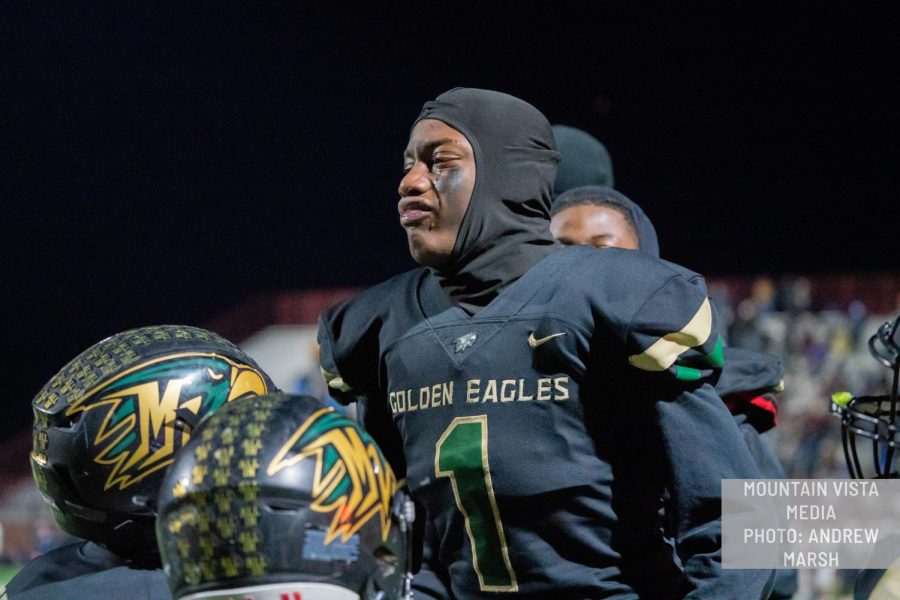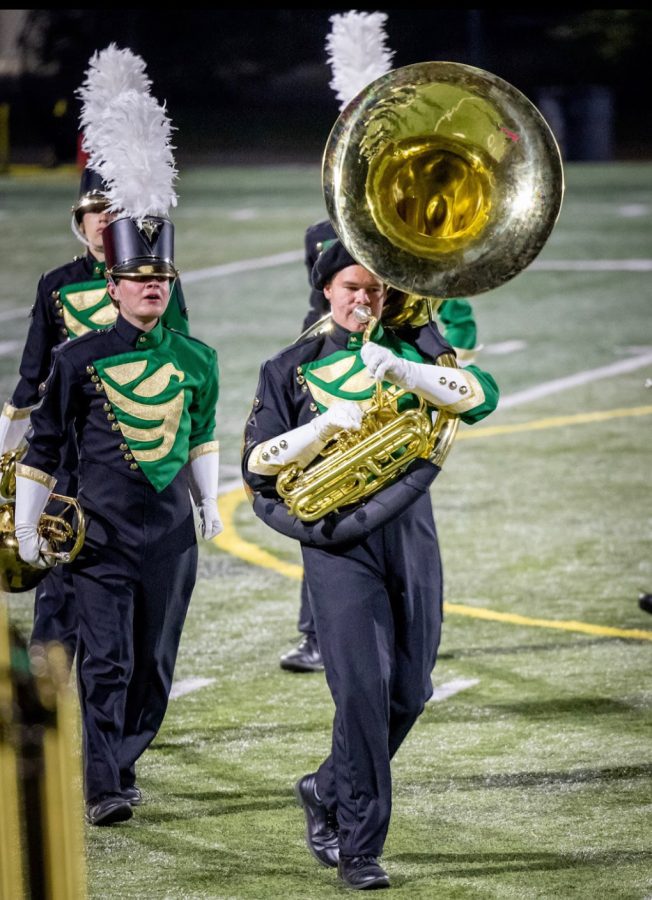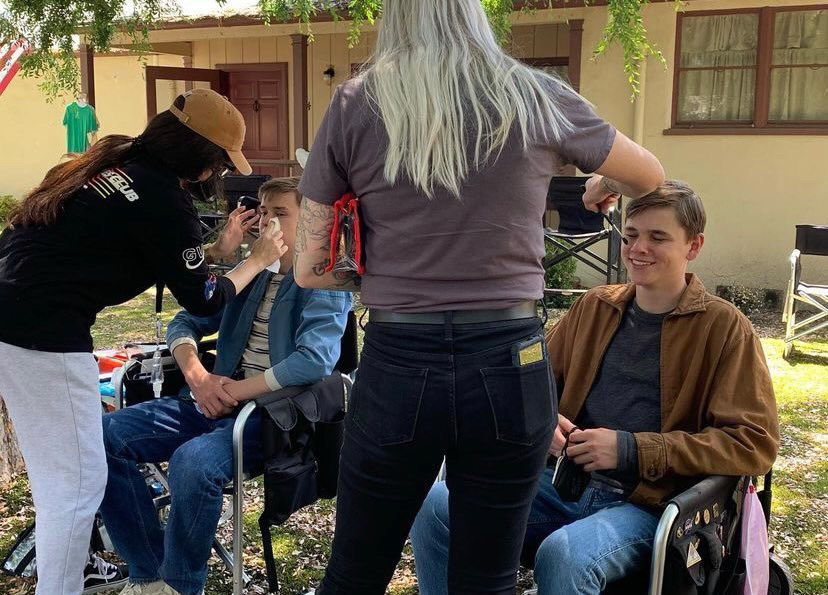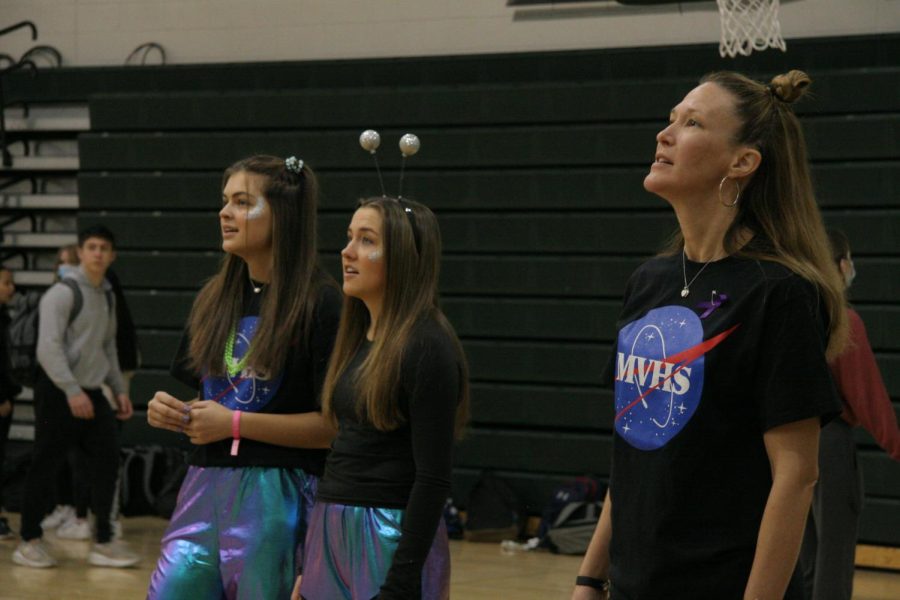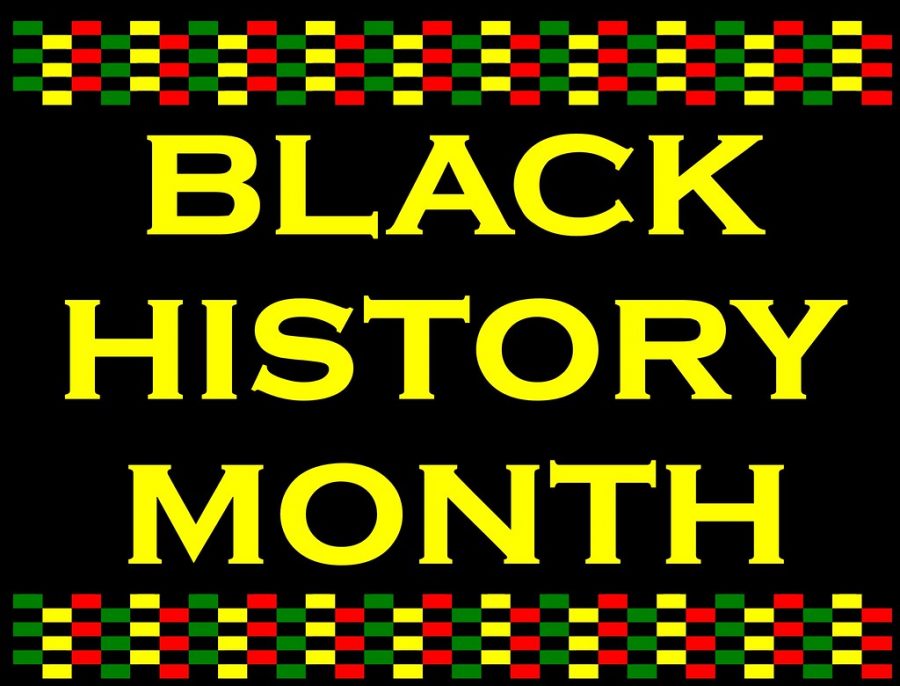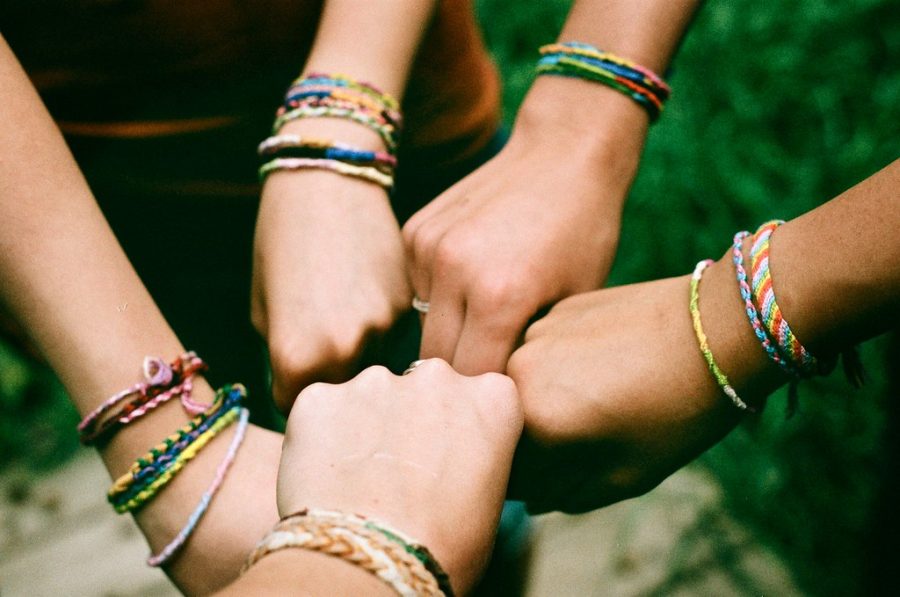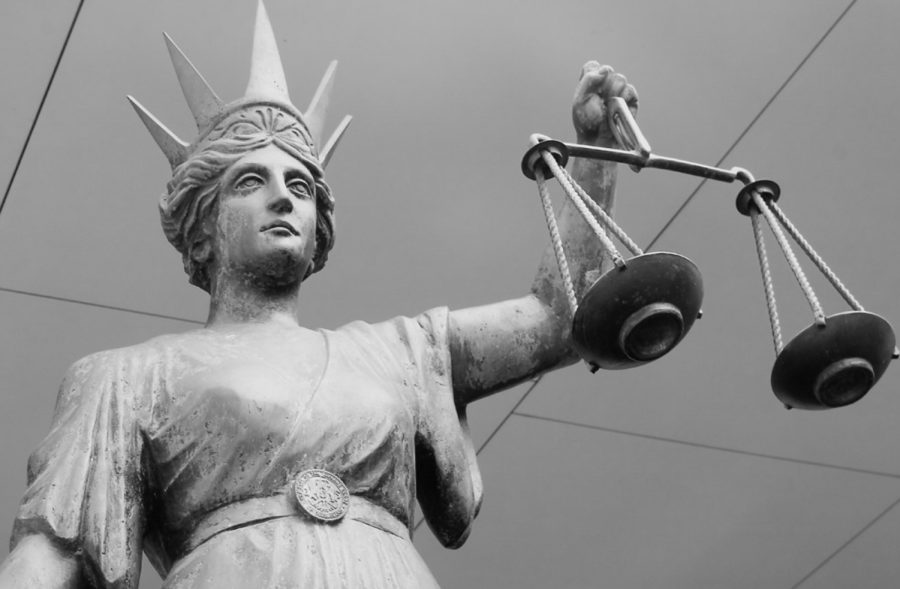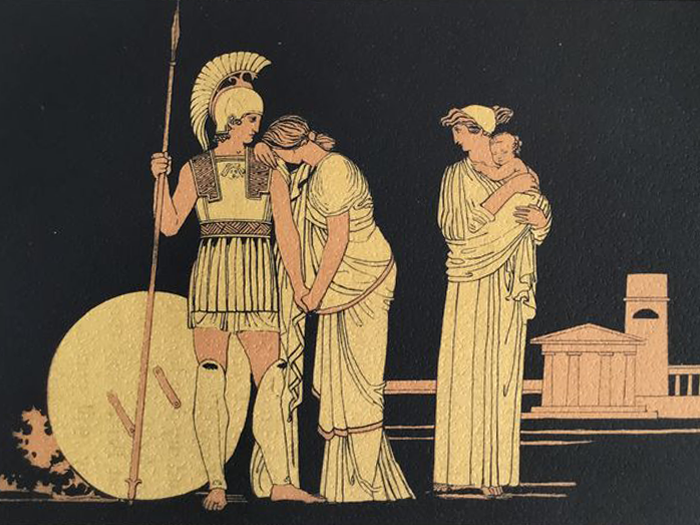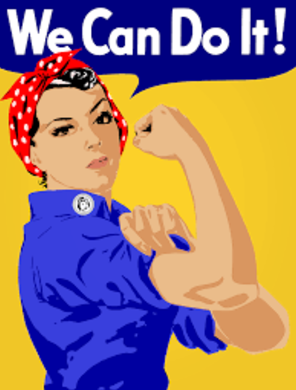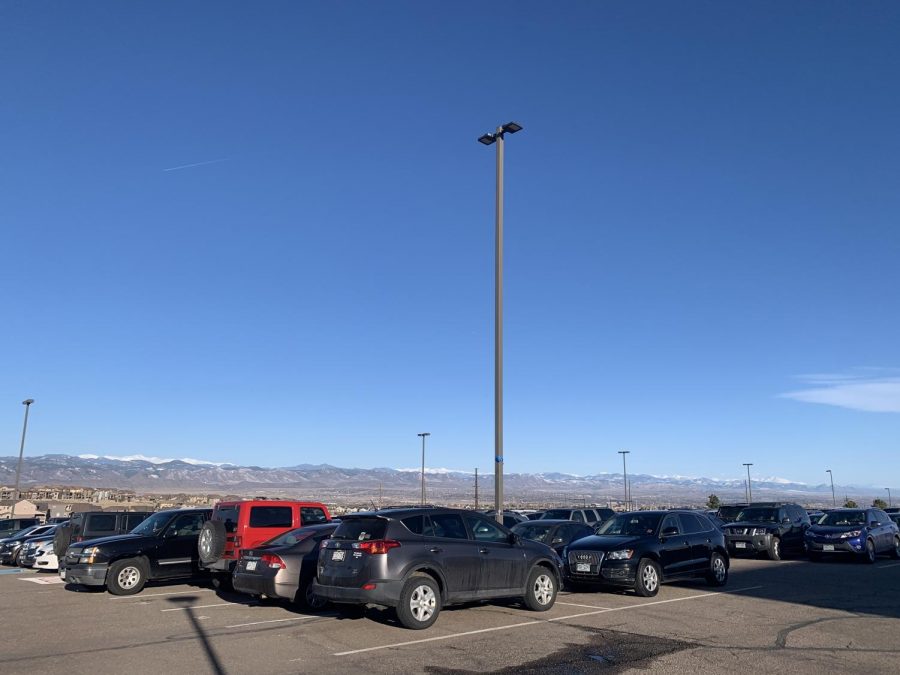// HALEY KOLSETH, MIKAYLA OLAVE & GABE BARNARD //
For over a century, women have been continuously struggling to get themselves out of the objectifying mold that society has put them into while simultaneously fighting for their equal rights.
2017, specifically, has been the year to celebrate women of all shapes, sizes, ethnicities, religions and sexualities in the wake of adversity. This year, the theme is #HerVoiceIsMyVoice because it illuminates the acts of women protesting for the rights of women everywhere.
Coinciding with International Women’s Day, the organizers of the Women’s March on Washington, which occurred the day after the Inauguration of President Donald J. Trump, are coordinating another protest.
“The protest is meant to depict the vital role women play in the economy,” Junior Andra Metcalfe said. “I think it represents a beacon of hope for all women who are tired of being treated differently economically.”
The progress the United States witnessed in the last 50 years has been significant with women gaining equal rights and protection under the law along with rights unbeknownst to them for centuries prior. These include, but are not limited to reproductive rights, maternal leave, the opportunity to hold government office and nondiscriminatory gender laws.
“Other women around the country and I will be wearing red to participate in protest,” Metcalfe said. “It gives people a visual representation of how important women are in everyday life. Many other women will be taking the day off work or spending as little money as possible in order to show how the economy is affected without their presence.”
A day without women could have an especially strong impact on the country’s education system, as the majority of teachers are women. In North Carolina and Virginia, school districts are electing to cancel classes for the day after having been notified of many teachers not planning to show up for the day.
“Protests like this can be enlightening experiences for everyone on both sides, as the purpose of protests is to force people to consider certain issues,” Metcalfe said. “No matter your opinion, the women’s protest is going to make you think about the roles women play in the economy.”
For women worldwide, International Women’s Day symbolizes the progress made by women throughout history and the struggles that women still experience today. Women still experience objectifying experiences of being treated as property in Middle Eastern countries, along with treatment that involves having their bodies mutilated if they disobey. Young girls in African nations are still legally able to be married off to older men.
Though the argument that women living and working in the United States are already as equal as they should ever need and/or want to be stands as a testament to society’s inability to embrace change.
Women in the United States march and protest for the rights of lower income women, women of color, lgbtq women, muslim women, equal pay for equal work, reproductive rights and for the rights of women who are unable to speak up for themselves.
“Today’s important because there’s a lot of women around the world who are under appreciated and don’t get the respect and they deserve, so it’s nice to appreciate them,” senior Maria Nenova said.
To celebrate International Women’s Day celebrate women’s achievements and accomplishments as well as acknowledge the struggles that they overcame to get to where they are now.
So here’s to the suffragettes who won women the right to vote in America, to feminists like Mary Wollstonecraft and Gloria Steinem and Emma Watson who stand up for modern day women, to Sally Ride who paved the way for women to go to the new frontier, to Michelle Obama who as the first black first lady of the United States advocated letting girls learn and having equal opportunities, to Frida and Eleanor and Maya and Hillary and Oprah and all other women who have paved the way for female empowerment.





